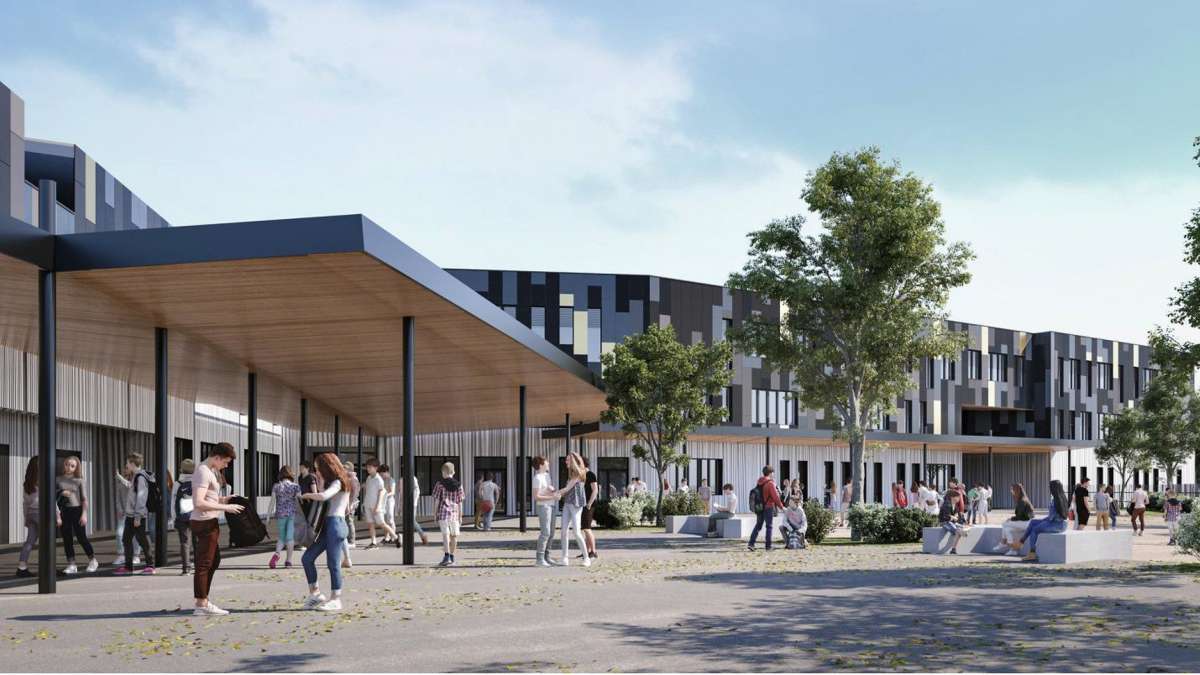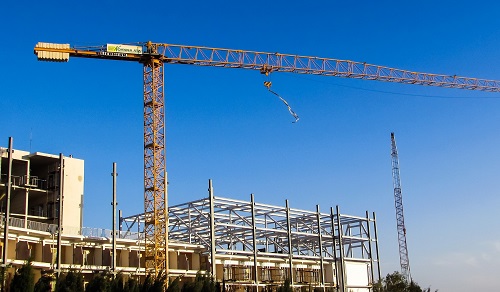
The objective for the Gironde department, where a "2024 middle schools plan" has been launched to build and renovate schools, is to obtain energy efficient buildings in which there will be no problems with indoor air quality.
It is therefore testing a method for controlling indoor air quality throughout the buildings’ life cycle, with a view to then applying it to other buildings. This method complies with the regulations for monitoring of indoor air quality in public buildings.
What is commissioning?
Commissioning is a quality control procedure which ensures that the designed, installed and tested systems meet the performance levels required by the contracting authority and can be operated in an optimal manner.
Commissioning is nowadays being used increasingly for major construction and/or renovation projects. It is often backed up by certification procedures, but many contracting authorities remain unfamiliar with it.
At present it is mainly used for overall quality control and control of total energy costs. Because of its approach, commissioning is an interesting avenue to meet the requirements for building performance and air quality.
Cerema and its partner Greease are acting as the assistant to the contracting authority and the commissioning manager for both of the middle school new build and rehabilitation operations. They therefore ensure the procedure is implemented smoothly through regular contacts with the contracting authority and the main contractors for the relevant operations.
Cerema in particular puts in place the operational tools for the commissioning procedure (commissioning plan, verification plan, etc.).
Major stages of the project
 For both operations, the mission is divided into several phases corresponding to those of the construction operation, plus a method capitalisation phase:
For both operations, the mission is divided into several phases corresponding to those of the construction operation, plus a method capitalisation phase:
1. Analysis of the programme and overview
Since the partnership was signed after the operations had begun, it is difficult to integrate all of the provisions necessary to carry out the indoor quality commissioning mission. Therefore the documents already produced are analysed in order to determine which provisions / requirements are relevant. These provisions and requirements can be used for other operations.
Also in this phase, indoor air quality commissioning is integrated into the management system of the ongoing operation, in particular in liaison with the contracting authority’s technical assistant.
2. Monitoring of the design studies and the tendering process
For this phase, Cerema and Greease analyse the bids at the different levels (Preliminary Design, Detailed Design and Final Design) and assist with the choice of contractors.
Communication with the contracting authority and especially with the main contractor is extremely important at this stage to ensure that all the requirements are met: requirements relating to means (limitation of sources of pollution due to materials, movables, etc.); requirements relating to results (capacity for superventilation, sealing of networks, easy maintenance, easy cleaning); performance-related requirements taking into account operation and maintenance.
3. Construction site monitoring
This is an important phase of the commissioning procedure since it ensures that the previously defined requirements are indeed met, in particular concerning implementation of the ventilation system and on the traceability of these steps: assembly, sealing, clean-up, adjustment.
Site visits and inspections are therefore carried out.
4. Assistance with acceptance and moving in
Concerning the pre-acceptance operations and acceptance itself, Cerema and Greease validate the different steps: cleaning of construction site, cleaning of ducts, start-up/adjustment, final cleaning, superventilation.
In addition, measurements of flow rates and of indoor air quality will be carried out (total VOCs, benzene, formaldehyde, etc.) before the furniture is installed, and also to allow occupants to enter the premises.
5. Operation
Particular attention must be paid to the handover of the installation to users, the training of operators and managers, and to the completeness of the installation’s technical documentation.
This step corresponds to the follow-up of indoor air quality by monitoring for a period of 2 years, with annual indoor air quality campaigns by means of passive tubes for formaldehyde, benzene, CO2, total VOCs, PM2,5, PM10.
6. Capitalisation
The key moments of indoor air quality commissioning and the points requiring particular attention will be capitalised. Certain aspects may be integrated into the environmental and technical recommendations book drawn up by the department.
Other aspects will be communicated on various occasions, such as on 10 September last year. At a morning meeting at the Gironde department, initial feedback was given about the procedure for indoor air quality commissioning in middle schools, followed by a session on Covid 19.

